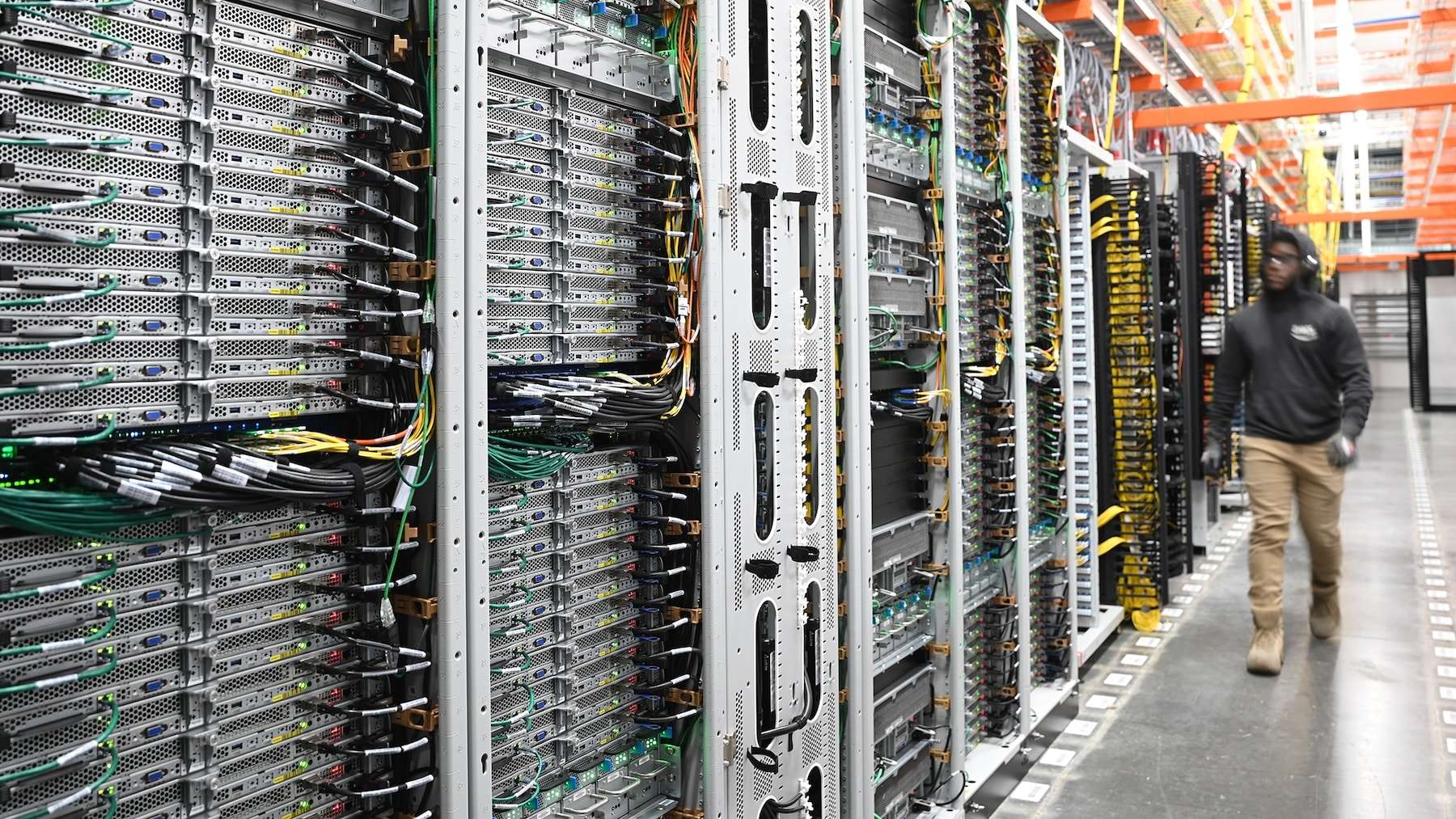What once seemed like a strategic dream just a few years ago is now a confirmed reality: Aragón is solidifying its position as one of Europe’s most important hubs for digital infrastructure. Amazon Web Services (AWS), the American cloud giant, has received the green light to significantly expand its presence in the region. The impressive figure: €15.7 billion in investment over a decade, a move that marks a turning point for the Aragón economy and the Spanish tech landscape.
The final approval of the Aragón General Interest Plan (PIGA) in the Official Aragón Gazette allows AWS to launch its most ambitious project in Spain, including the construction of five new data center campuses in addition to the three already operational.
An expedited and strategic approval process
The administrative process took just 15 months, a record time for projects of this size. The regional government accelerated procedures after declaring the initiative as a matter of regional interest and general benefit in 2024.
As expressed by Minister Octavio López, the success of this process hinges on collaboration between authorities and the company: “We’ve demonstrated that Aragón can respond swiftly to projects of this magnitude, ensuring legal security and administrative efficiency.”
Eight interconnected campuses: AWS Region in Spain
The plan will nearly triple the current infrastructure. The campuses will be located in Villanueva de Gállego, Huesca, El Burgo de Ebro, Zaragoza-La Cartuja, and La Sotonera.
Each will house not only data centers — the unseen machinery powering our digital lives — but also auxiliary facilities including:
- Access roads.
- High-voltage power lines and substation facilities.
- Specific fiber optic channels.
- Water supply and drainage networks.
All sites will be interconnected via fiber optics and operate as a single AWS Region, designated as AWS Europe (Spain). This setup provides increased capacity, resilience, and decreased latency for services accessed from the Iberian Peninsula.
The model follows the principle of availability zones: if one site encounters an issue, others ensure uninterrupted service.
Cutting-edge technology with a focus on sustainability
Official documents highlight that each campus will feature redundant systems for power, cooling, and communications. The goal is clear: even if one component fails, services continue seamlessly.
Key measures include:
- Advanced fire detection and leak prevention protocols.
- Operational continuity plans for emergencies.
- Commitments to energy efficiency and water management.
AWS emphasizes that its Aragón infrastructure will incorporate designs aimed at optimizing electricity and water consumption, with the aim of reducing environmental impact and meeting European sustainability standards.
The critical issue: water use under scrutiny
The growth of data centers has not been free from controversy. At the end of 2024, Amazon requested a 48% increase in water consumption for its three active complexes in Aragón.
This request raised alarms among groups like Ecologistas en Acción and the platform Tu Nube Seca Mi Río, warning of the risks associated with allocating water resources to these facilities amid ongoing drought conditions. They state, “In the context of climate change, we cannot allow consumption to multiply without assessing its real impact.”
The debate is open: how can we balance attracting technological investment with responsible management of such a limited resource as water?
Economic and social impact
Aragón’s government defends the project as a strategic move that will not only modernize infrastructure but also generate thousands of direct and indirect jobs.
Expected ripple effects include growth in sectors like:
- Construction and civil works, with new roads, pipelines, and electrical lines.
- Energy, since the campuses will require a stable and substantial electrical supply.
- Telecommunications, through the deployment of fiber optic networks.
- Supporting services, including cleaning, security, catering, and transportation.
Additionally, the investment is projected to attract tech companies and startups eager to be near AWS infrastructure, helping to build a vibrant digital ecosystem in the region.
Aragón on the European digital map
The AWS expansion positions Aragón as a key player within the European digital landscape. The region is emerging as a major tech hub for companies seeking cloud services in Europe, with resilient infrastructure and close proximity to users.
The regional government summarizes it as an opportunity to diversify the economy, traditionally reliant on sectors like agribusiness and automotive. With this project, Aragón is stepping into the digital future, becoming a cornerstone of the data economy.
Conclusion: a decisive decade
This announcement marks the beginning of a ten-year period during which Aragón will evolve into a key hub for European cloud infrastructure. Balancing the promise of thousands of jobs with environmental concerns raised by some groups, AWS’s project presents a major challenge: demonstrating that technological growth can coexist with sustainability.
The truth is, Europe’s digital future will, at least in part, be written from Aragón.
Frequently Asked Questions (FAQ)
1. How much will AWS invest in Aragón and over what timeframe?
AWS has committed €15.7 billion over 10 years for the construction of five new data center campuses.
2. Where will the new data centers be located?
They will be situated in Villanueva de Gállego, Huesca, El Burgo de Ebro, Zaragoza-La Cartuja, and La Sotonera, joining the three existing ones.
3. What economic benefits will Aragón see?
Expected outcomes include the creation of thousands of direct and indirect jobs, growth in sectors like construction, energy, and telecoms, and an influx of new tech companies.
4. Why are water resource concerns raised by data center growth?
Data centers require significant water for cooling. Amazon has already sought a 48% increase in water use, which has sparked criticism amid ongoing drought and climate change issues.
Source: xataka

